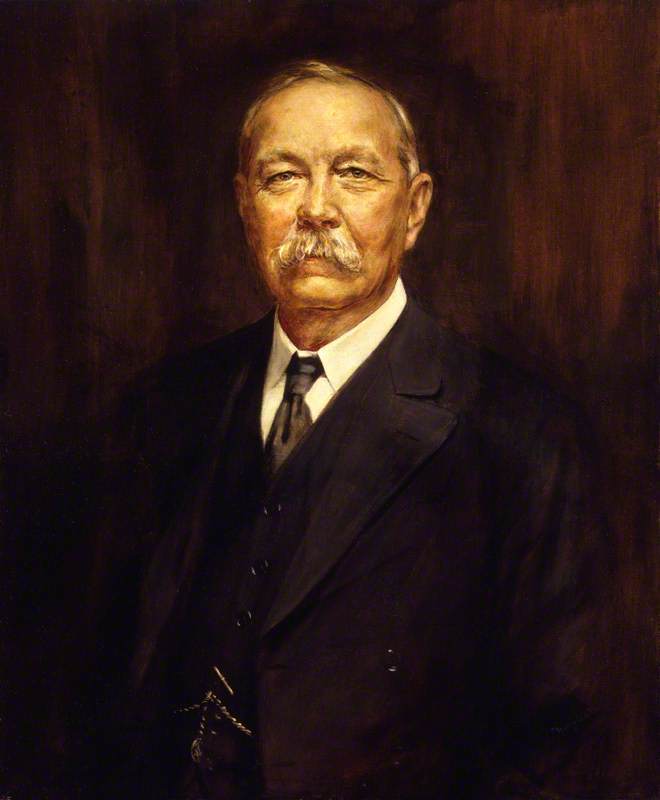
William Morris (1877–1963), Lord Nuffield 1935
Henry L. Gates (1872–1943)
British Motor Industry Heritage Trust
A German portrait painter who became a naturalised British subject, Gates was son of the Düsseldorf artist Julius Geertz (1837–1902) and his wife Flora Schade. He was born Friedrich Wilhelm Ludwig Heinrich (or Heinz) Geertz in Düsseldorf on 19th July 1872. He studied from 1889 at the Kunstakademie Düsseldorf with Peter Janssen, and from 1893 in the painting classes of Julius Roeting and Eduard von Gebhardt. He lived and worked in London from 1895. On 5th December 1896, at the St Pancras Registry Office and as Frederick William Ludwig Henry Geertz, he married Joan Elizabeth Leigh Ward (b.1875, daughter of Henry Leigh Douglas Ward, assistant at the British Museum and co-author in 1887 of the Catalogue of Romances in its Department of Manuscripts).
In 1900 he and his wife moved to Frankfurt, probably living just north of the city at Bad Homburg vor der Höhe, where their son Heinrich Sydney Lloyd Geertz was born in January 1904. Before 1911 they moved to Hamburg, where he became a member of the Hamburger Künstlerverein (Hamburg Artists’ Association, est. 1832).
Geertz originally painted genre and other figure subjects, including at least semi-nude ‘odalisques’, as well as portraits; later it was mainly portraits. Hamburg examples (and groups) included directors and other senior figures of the Hamburg-America shipping line and one of his major works is the 1911 group portrait of the founding members of the Hamburgische Wissenschaftliche Stiftung (Hamburg Scientific Society).
How he and his English wife handled the circumstances of the First World War is unknown but first-class passenger lists between Hamburg and Southampton in 1923–1924 show he was still living in Hamburg at that time, though clearly visiting England. He probably left Germany again shortly afterwards, since in 1927 he painted a portrait of Sir Arthur Conan Doyle and the first of two of William Morris, Lord Nuffield, in 1928. In 1937, when living at 220 Hale Lane, Ealing, he applied for British naturalisation. At this time, he may have anglicised his name as ‘Gates’ prompted by interwar anti-German sentiment, and is most likely to be recorded that way in Britain owing to his signatures. He consistently signed works ‘Henry L. Gates’.
He died in 1943 in the Lambeth registration district: the location and note of his age as 71 suggest this may have been after July and in either Guy’s or St Thomas’s Hospital.
Text source: Art Detective









